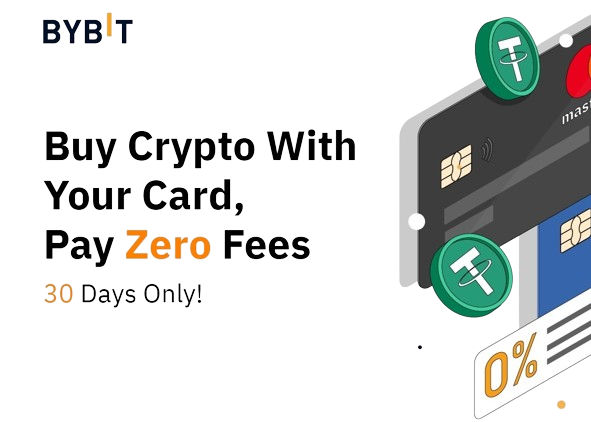This Course Is Only Available To Our Members
Ethereum, the blockchain that introduced the world to smart contracts and decentralized applications (DApps), continues to evolve rapidly. Among its notable features are the so-called token standards, which ensure that assets and products built on Ethereum are compatible with one another.
Along with the ERC-20 and ERC-721, the ERC-1155 is one of the most important token standards on Ethereum. In this in-depth exploration, we’ll delve into the intricacies of ERC-1155, understand how it works, and its significance in the blockchain ecosystem.
What Is the ERC-1155 Token Standard?
ERC-1155, an abbreviation for Ethereum Request for Comments 1155, represents a set of standards designed to enhance the versatility of smart contracts and tokens on the Ethereum blockchain. In the context of blockchain, tokens are digital assets that can either be fungible (identical and interchangeable) or non-fungible (each token is unique). Prior to ERC-1155, these two types of tokens were governed by distinct technical standards, such as the ERC-20 for fungible tokens and ERC-721 for non-fungible tokens (NFTs).
How ERC-1155 Works
To comprehend the significance of ERC-1155, let’s imagine a scenario where you interact with a blockchain game that has a diverse set of items like swords, shields, and in-game coins. Before ERC-1155, each of these items required an exclusive set of rules within a smart contract. ERC-1155 simplifies this complexity by enabling all these diverse items to coexist harmoniously within a single smart contract. So, instead of managing separate contracts for each digital item, ERC-1155 consolidates them, streamlining the management of various tokens.
Key Advantages of ERC-1155
In short, ERC-1155 stands out for its efficiency, adaptability, reduction of redundancy, enhanced security features, and support for various token types.
1. Enhanced efficiency
With ERC-1155, the transfer of different token types can occur in a single transaction. This capability significantly expedites transactions and reduces associated costs. Imagine sending a sword, a shield, and some gold coins to a friend – all accomplished seamlessly in a single transaction.
2. Versatility beyond gaming
While ERC-1155 is very useful for gaming applications, its adaptability extends far beyond this niche. It can effortlessly handle any token type, whether it’s currency, collectibles, or specialized tickets. This versatility positions ERC-1155 as a valuable tool for diverse applications across various industries.
3. Reduction in redundancy
Prior to ERC-1155, each token type necessitated its own contract, resulting in redundant copies of similar functionalities. ERC-1155 alleviates this redundancy by consolidating different token types within a single contract, optimizing space utilization, and simplifying token management.
4. Safe transfer mechanism
ERC-1155 incorporates a safety feature that allows the reclamation of tokens if inadvertently sent to the wrong address. This represents a significant improvement over previous token standards, providing users with enhanced security and peace of mind.
5. Support for various token types
Unlike its predecessors, ERC-1155 supports not only fungible and non-fungible tokens but also semi-fungible tokens. These tokens, akin to general admission concert tickets, are interchangeable before the show but transform into unique collectibles afterward.
ERC-20 vs. ERC-1155 vs. ERC-721
Below is a short comparison table highlighting the key differences between the ERC-20, ERC-1155, and ERC-721 token standards.
As we can see, ERC-20 is used for interchangeable tokens like digital currency, ERC-721 is for unique tokens like digital art, and ERC-1155 combines features, offering flexibility for both use cases within a single contract.
Who’s Using ERC-1155?
Numerous projects are leveraging the advantages offered by ERC-1155. Notable examples include:
- Enjin: a blockchain platform that uses ERC-1155 to power its digital asset and virtual economies ecosystem. Enjin is focused on the creation of NFTs and Web3 assets used in blockchain-based games.
- OpenSea: A prominent NFT marketplace leveraging ERC-1155, enabling multiple creators per contract, thus fostering collaboration and creativity.
- OpenZeppelin: A provider of blockchain security products utilizing the ERC-1155 standard, underlining its adoption in critical areas of the blockchain ecosystem.
The Future Landscape of ERC-1155
Despite being in existence for several years, ERC-1155 continues to be underutilized compared to its ERC-20 and ERC-721 counterparts. This may stem from a lack of awareness of its capabilities, but as projects become more familiar with ERC-1155’s versatility, migration to this standard may become a natural progression.
The emergence of play-to-earn games, where players can earn tokens while playing, might help accelerate the adoption of ERC-1155. In addition, decentralized autonomous organizations (DAOs) are also finding utility in ERC-1155, especially those that predominantly operate on-chain and require diverse token types.
The flexibility inherent in ERC-1155 opens the door to a variety of use cases, many of which have yet to be fully explored. As blockchain technology advances, ERC-1155 is poised to play a pivotal role in shaping the future of digital assets on the Ethereum network.
Benefits of ERC-1155
- User-friendly transactions: With ERC-1155’s efficiency, users can expect smoother and more cost-effective transactions, especially when dealing with multiple token types.
- Expanded functionality for DAOs: Decentralized Autonomous Organizations (DAOs) can benefit from ERC-1155’s support for diverse token types, facilitating on-chain operations.
- Play-to-earn: The emergence of play-to-earn games could propel ERC-1155 adoption, offering players the ability to earn tokens seamlessly during gameplay.
As projects explore and integrate ERC-1155, the potential benefits for users, developers, and the broader blockchain community become increasingly evident.
Closing Thoughts
In summary, ERC-1155 brought great improvements to the Ethereum ecosystem, streamlining token management, reducing redundancy, and unlocking new possibilities. Its impact is already evident in various projects, and as awareness spreads, ERC-1155 will likely continue to function as a cornerstone of Ethereum’s token standards.




